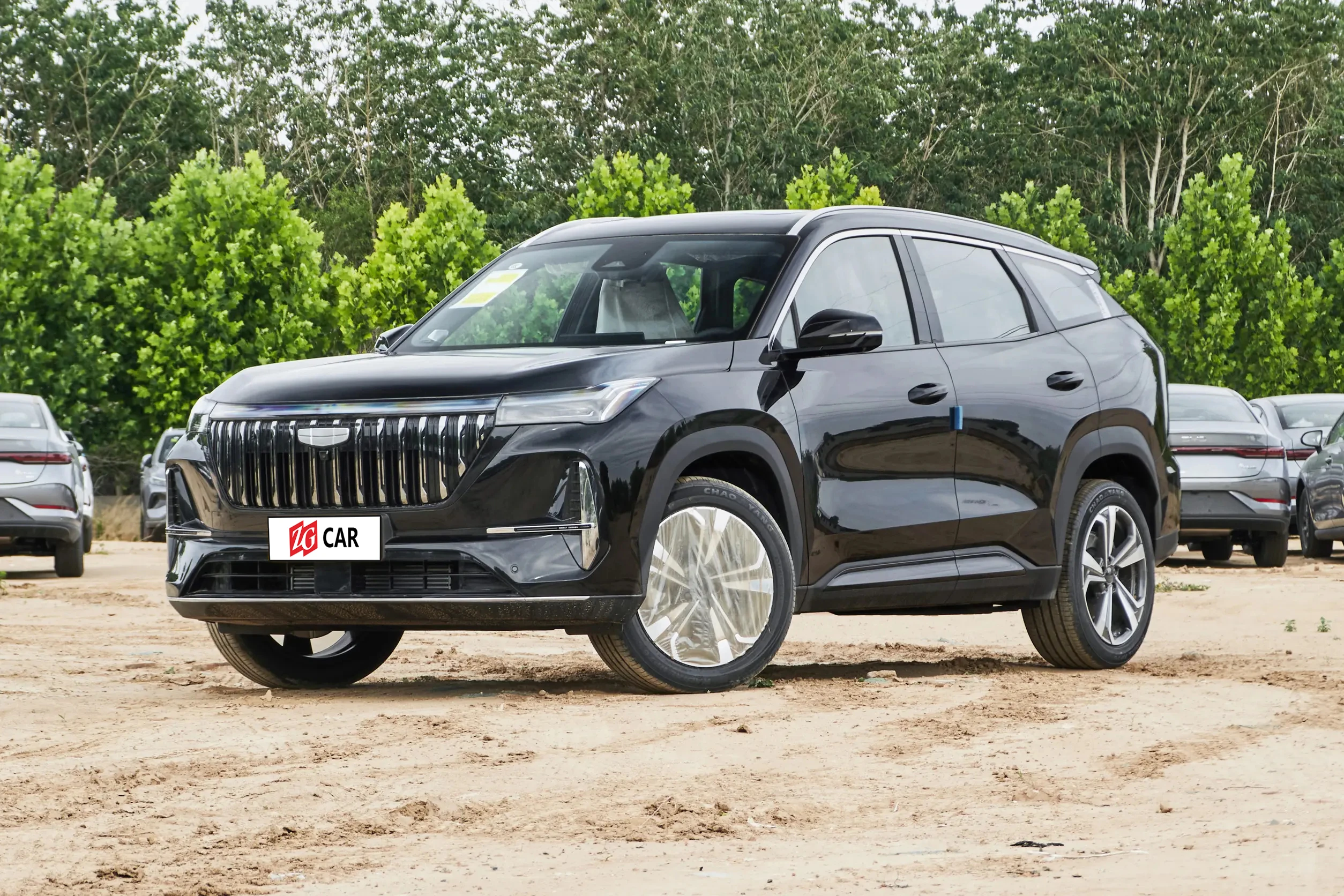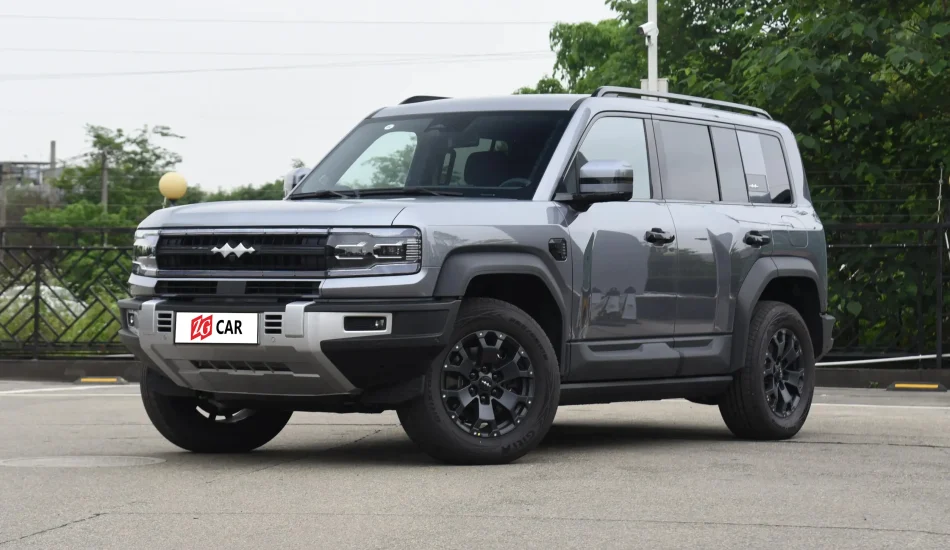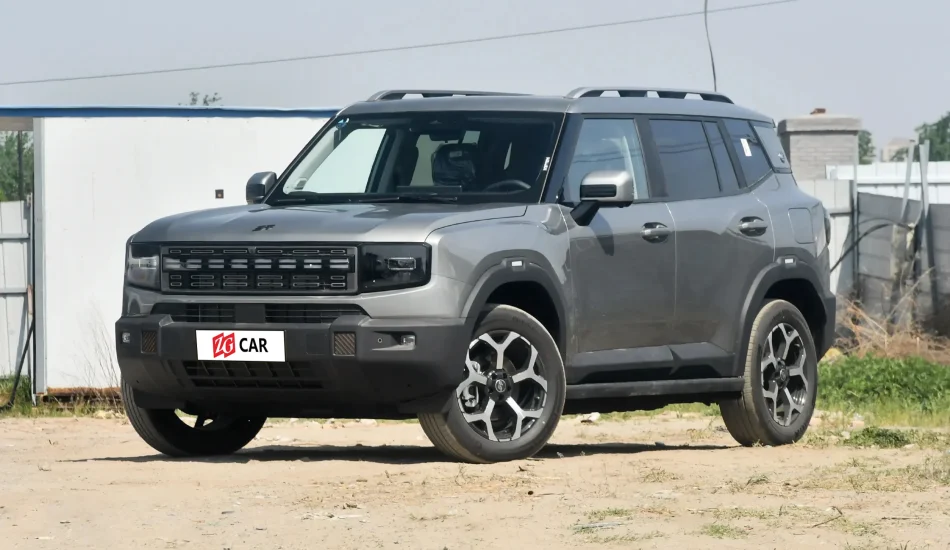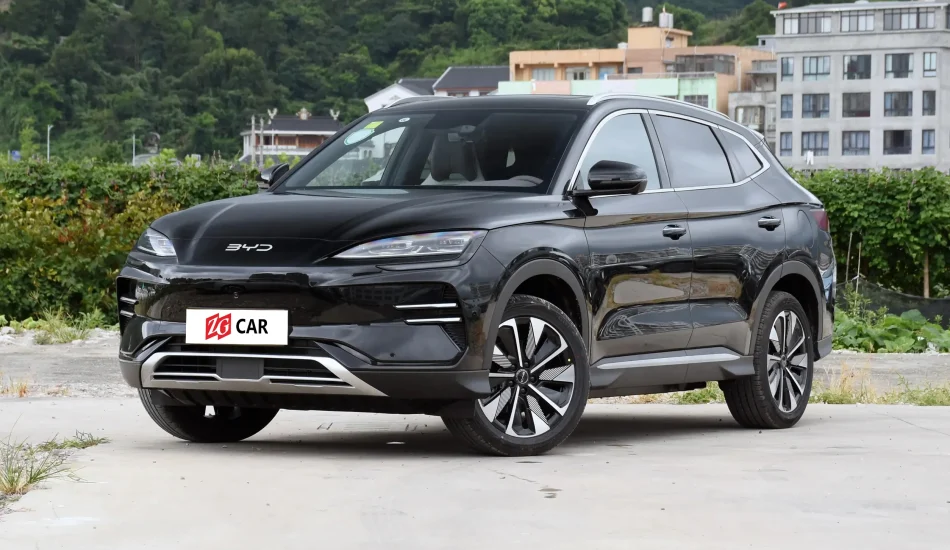
Hybrid vs Plug-in Hybrid: They Look the Same, But Work Very Differently
Many people assume hybrid and plug-in hybrid vehicles are nearly identical, since both use a combination of fuel and electricity. But their core technologies and driving experiences are fundamentally different. While both feature an engine and an electric motor, hybrids (HEVs) mainly rely on the engine with the motor offering minimal assistance. Plug-in hybrids (PHEVs), on the other hand, have larger batteries and more powerful motors, allowing for extended electric-only driving. The problem is, many buyers only realize this difference after they’ve made the purchase—and by then, it’s too late to turn back.

Traditional Hybrids: Easy to Use, But Fuel Dependent
Hybrid vehicles are designed to improve fuel efficiency in urban stop-and-go traffic. The electric motor assists the engine during acceleration and braking, reducing fuel use at low speeds. However, at highway speeds, the engine does most of the work, and fuel consumption becomes similar to a regular gasoline car. The advantage is that hybrids don’t require charging infrastructure, making them a good option for buyers who want a simple and maintenance-light experience. But they’re still fundamentally fuel-powered cars, and their savings are limited compared to plug-in models.

Plug-in Hybrids: Closer to an Electric Car
Plug-in hybrids represent a major leap toward electrification. With bigger batteries and stronger electric motors, they can often handle daily commutes entirely on electric power. The gasoline engine only activates when the battery runs out or when extra power is needed. Many PHEV users find they rarely visit gas stations if they charge regularly. This makes plug-in hybrids ideal for city dwellers with access to home or workplace chargers. For short trips, the driving experience is almost indistinguishable from a full EV—quiet, smooth, and fuel-free.

A Smoother and Quieter Driving Experience
The difference in driving feel between hybrids and plug-in hybrids is also significant. Because traditional hybrids rely more on their combustion engines, especially at higher speeds or under load, drivers often notice engine noise and gear shifts. In contrast, plug-in hybrids usually stay in electric mode for longer, especially at low speeds. This delivers a much smoother and quieter ride, with instant torque and seamless acceleration. For many buyers, this is a big part of the appeal—PHEVs simply feel more refined and modern on the road.
Range and Efficiency That Go the Extra Mile
Plug-in hybrids not only reduce fuel use but also deliver impressive range. Some models can travel more than 1,500 kilometers on a full battery and gas tank combined. That’s because their larger batteries reduce how often the engine is needed. On highways, the engine works efficiently while the electric motor provides additional power when required. This cooperation improves acceleration, boosts fuel economy, and allows better energy recovery during braking. Over time, these small savings add up, making PHEVs far more efficient on long trips compared to traditional hybrids.
Ownership Costs: Electricity vs Fuel
Fuel savings are only part of the story. Traditional hybrids still require fuel almost every day and need routine engine maintenance like oil changes and spark plug replacements. Plug-in hybrids, however, can run purely on electricity for most daily driving. If you charge regularly, your fuel costs drop dramatically—electricity is cheaper than gasoline, and engine wear is reduced. Over the long term, this means lower running costs and fewer maintenance headaches. For cost-conscious drivers, this can be a decisive factor.

Hybrid vs Plug-in Hybrid: Know Your Needs Before You Buy
Plug-in hybrids offer better efficiency, smoother performance, and lower long-term costs—if you can charge them. They combine the benefits of electric vehicles with the flexibility of gasoline. However, if you lack access to charging or mostly drive long highway trips, traditional hybrids still have their place. Understanding your driving habits and infrastructure access is key. Choose wisely, and the right hybrid can save you thousands over its lifetime.





